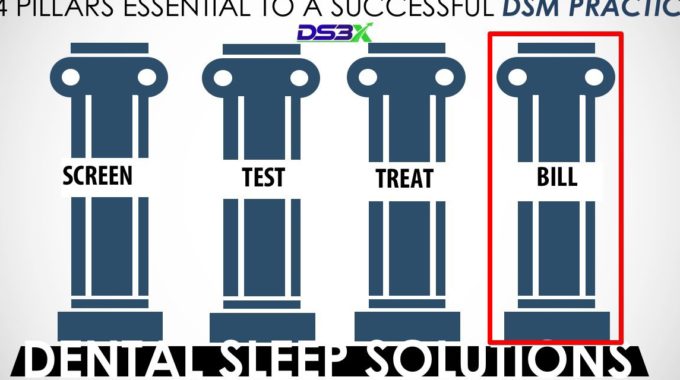
Pediatric OSA: Who’s Watching the Kids?
by Dr. Richard Drake, Co-Founder of DS3
It that every course we teach these days we get multiple questions about what to do for kids who snore or have sleep apnea. Usually, it is the “Mama Bear” staff member of a dentists office who has multiple questions about her own son.
“Ten years old, a bit of a behavior problem, but he’s really a good kid.”
Why do you appear to be so concerned? “Well, he’s still wetting the bed, and he seems to be struggling more in school.” Go on. “He’s frequently called out for talking too much, for being too aggressive on the playground. And he snores. Yes. He’s a mouth breather…”
Lots of parents ask about snoring children. How do you respond?
About 10% of kids snore, and about 10% of those kids who snore also have sleep disordered breathing problems. Just because a kid snores doesn’t mean he has sleep apnea, so no need to jump the gun, but snoring children should not be dismissed.
Respiratory infections, or what we used to call “GSS” around my house (green snot syndrome), can certainly create a temporary snoring problem in most any kid. Concern should come when the child is a habitual snorer, and he snores even when he’s not sick. This kid usually has enlarged tonsils and adenoids. He may be retrognathic, have a deviated septum, a mouth breather. The more of these boxes that you can check, the more likely a kid is to have a sleep apnea problem.
DIAGNOSIS of sleep disordered breathing in a child requires a sleep specialist
You are fortunate if you have a pediatric sleep specialist in your area. If not, find the most qualified sleep MD in your location. Help the family arrange a sleep study to be performed on their child. The sleep study should be an in-lab study, a PSG. Interestingly, kids only need a single apnea event in a night to be diagnosed with sleep apnea (adults require a minimum of five events per hour).
Children have proportionally smaller airways than adults, so enlarged tonsils and adenoids in young children is a worse relative problem. Lymphoid tissue reaches its peak at ages 2-6 years.
The success rate of T & A surgery varies from about 50% to 90% in literature, but it remains a first line of therapy for kids under 10 who have been diagnosed with sleep apnea.
Last year, 400,000 T & A surgeries were done in the US, and 75% of them were done for sleep apnea reasons. Calculating conservatively, only half these kids will be cured, so a follow up sleep study may be warranted, especially if symptoms persist, and other treatments should be considered.
CPAP may also be used, and should be discussed with the patient.
Every child should be evaluated for airway issues, and orthodontic intervention should be discussed and referred out as needed. Very often, expanding a palate or growing a lower jaw may prevent that kid from someday ending up in my consultation room talking about sleep apnea.
Weight management. We’re all getting fatter, adults and kids alike. Sleep deprivation and disrupted sleep plays with our brains and our stomachs. Kids who are sleep deprived will crave high carbohydrate foods, and we all know what too many carbs means.
Allergens often cause respiratory issues and congestion, and consideration should be given to removing common causes: stuffed animals, pets, certain fabrics, foods, and everything else that floats in the air from time to time.


